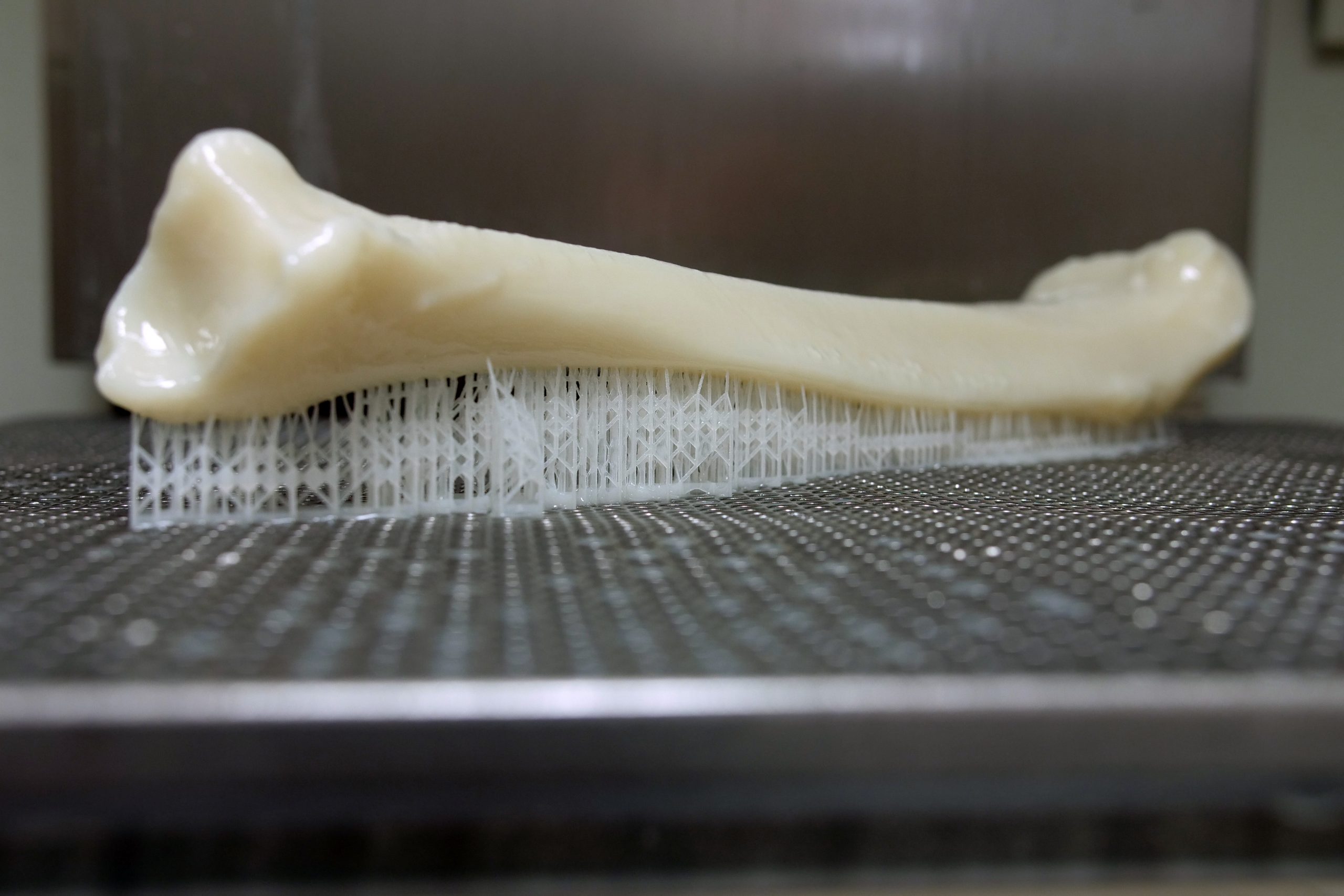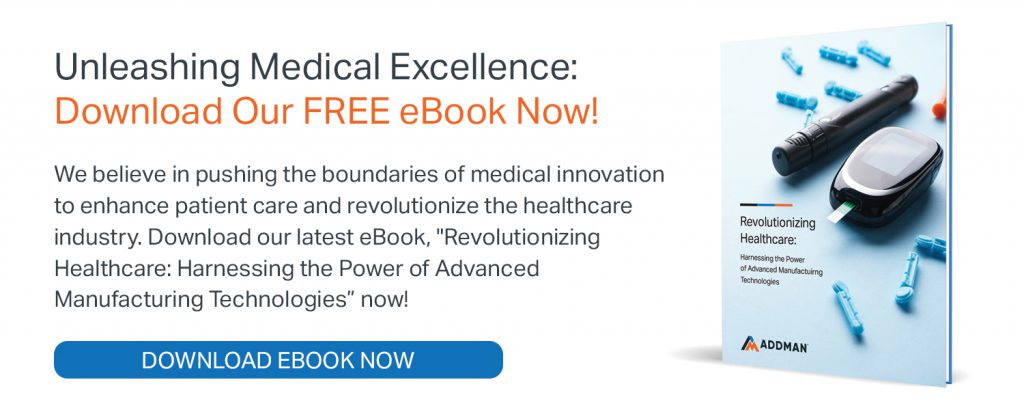Designing digital anatomy prints for 3D printing can be a complex process, and it is common to have many questions about how to approach it. Here are some of the most common questions asked about designing digital anatomy prints for 3D printing:
How important is accuracy in creating digital anatomy prints?
Accuracy is one of the most critical factors in creating digital anatomy prints. The anatomical models must be an exact representation of the patient’s anatomy, with all the necessary details and features. Any deviation from the original anatomy can affect the accuracy of the final printed model, making it unusable for medical applications.
What are the important considerations for selecting the right material for 3D printing anatomical models?
Selecting the right material for 3D printing anatomical models is crucial for their successful use in medical applications. It is essential to choose materials that are biocompatible, safe, and meet the necessary medical standards. The choice of material will depend on the intended use of the model, with different materials having different properties such as strength, flexibility, and durability.
How do you choose the right printing technology for creating digital anatomy prints?
Several printing technologies are available for creating digital anatomy prints, each with its own advantages and disadvantages. Understanding the different printing technologies is crucial for selecting the right one for the intended use of the model. Factors to consider when selecting the right printing technology include cost-effectiveness, resolution, and accuracy. Several printing technologies are available, including Fused Deposition Modeling (FDM), Stereolithography (SLA), Selective Laser Sintering (SLS), and PolyJet. When weighing the different modalities, FDM printing may be more cost-effective, while SLA may produce higher resolution prints. It is essential to understand the different printing technologies and select the right one for the intended use of the model.
Why is post-processing an essential step in creating high-quality anatomical models?
Post-processing is an essential step in creating high-quality anatomical models. It involves removing support structures, smoothing the surface, and ensuring that the model is free from defects. Post-processing may also involve painting or coloring the model to enhance its visual appearance. Post-processing is critical to ensure that the model is accurate, with all the necessary details and features. It is essential to understand the different post-processing techniques and select the right one for the intended use of the model.
What are the regulatory compliance considerations for creating digital anatomy prints?
Compliance with regulatory standards is critical when designing digital anatomy prints for medical applications. The models must meet the necessary regulatory standards for safety, efficacy, and quality. Compliance with regulatory standards requires understanding and adherence to regulations such as ISO 13485.
How important is customization and personalization of anatomical models?
Customization and personalization of anatomical models are critical for their successful use in medical applications. Customization may involve tailoring the model to the specific needs of the patient or the surgical procedure. Personalization may involve 3D printing a model of a specific patient’s anatomy. It is essential to have the necessary expertise and technology to customize and personalize the anatomical models to meet the needs of the medical application.
In conclusion, designing digital anatomy prints for 3D printing requires attention to detail, expertise in anatomy, 3D modeling software, and a thorough understanding of medical applications. When considering how to approach designing digital anatomy prints, it is essential to consider the factors outlined above, including accuracy and precision, material selection, printing technology, post-processing, regulatory compliance, customization, and personalization.

